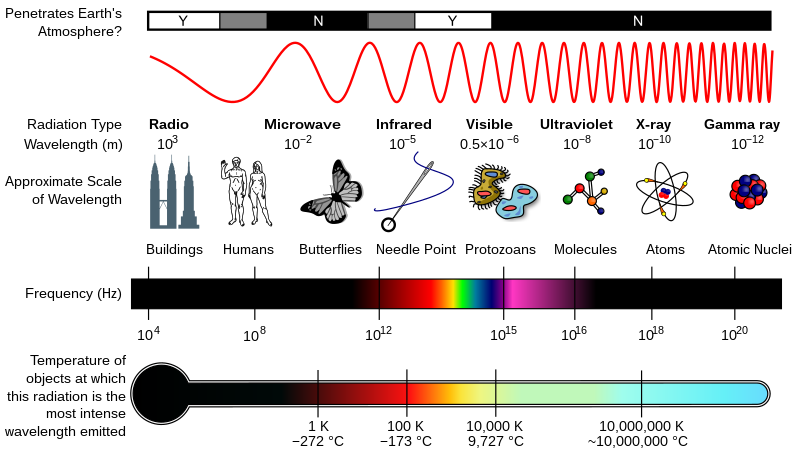bit_user :
I'm open-minded, but skeptical. Can anyone explain (with references, if possible) why we think this is safe? Otherwise, I plan to play it safe and stick with inductive charging. Something about microwaving my phone in my pocket just seems like a Bad Idea.
As nice as it'd be to have wireless keyboard and mouse that never needed either charging or battery replacement, I won't be an early adopter of this tech.
BTW, as far as I know, the mandate of the FCC doesn't include health & safety concerns. In which case, their approval is merely a statement concerning interference with other devices and radio transmissions.
Low energy microwaves are fine.
Most people see the word radiation and instantly start thinking of nuclear bombs and skin cancer.
The reality is radiation is all around you.
https://en.wikipedia.org/wiki/Electromagnetic_radiation#/media/File:EM_spectrumrevised.png
Radio Microwave Infrared Visible Ultraviolet X-Ray Gamma Ray
All of these are made of photons with increasing frequency as you go down the line.
When you are low in the list, below X-Ray, the property of light that is most damaging is its amplitude.
Think of it as waves hitting the shore.
Millions upon millions of waves hit the shore every day at a pretty high frequency, but nobody really cares.
And so if you are scared of low amplitude microwaves than you must be absolutely terrified of low amplitude visible light.
Visible light has a higher frequency than microwaves.
Your microwave at your house simply bombards your food with high amplitude microwaves.
On the low end you have low energy radio waves, such as RFID, being the occasional ripple on a glassy smooth pond.
On the high end you have gamma rays.
A low energy gamma ray would be a bunch of 50 foot tsunamis hitting the coast at a highly unrealistic 10^20 times a second.
A high energy gamma ray would be like the shore getting hit with 1000 foot tall tsunamis at a highly unrealistic 10^20 times a second.


